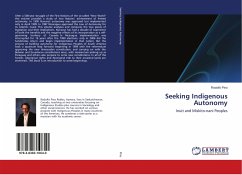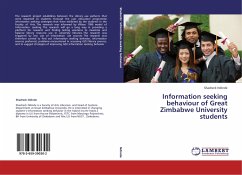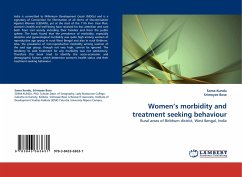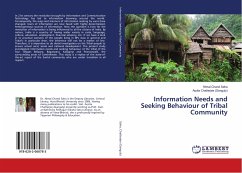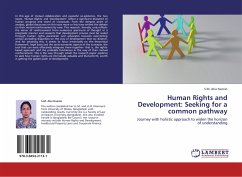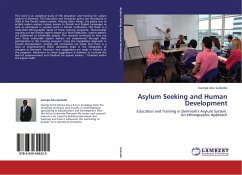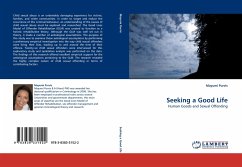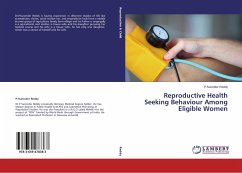After a 500-year struggle of the First Nations of the so-called "New World" this volume provides a study of two Nations' achievement of limited autonomy. In 1990 Nunavut autonomy was approved but implemented only in April 1999. In 1987 Nicaragua approved the Law of Autonomy for its Atlantic Coast. This volume analyzes and compares the two pieces of legislation and their implications. Nunavut has had a decade of experience of both the benefits and the negative effects of its incorporation as a self-governing territory of Canada. In Nicaragua implementation was interrupted for 16 years after the 1990 elections; only in 2006 did the Sandinistas return and begin implementation in that nation. But the process of building autonomy for Indigenous Peoples of South America took a quantum leap forward beginning in 1999 with the referendum approving the new Venezuelan constitution, and carrying on with the Bolivian and Ecuadoran constitutions since, with momentum picking up as Paraguay and others also prepare to write new constitutions. In all of the former, Aboriginal rights and Aboriginal title to their ancestral lands are enshrined. This book is an introduction to some beginnings.
Hinweis: Dieser Artikel kann nur an eine deutsche Lieferadresse ausgeliefert werden.
Hinweis: Dieser Artikel kann nur an eine deutsche Lieferadresse ausgeliefert werden.

